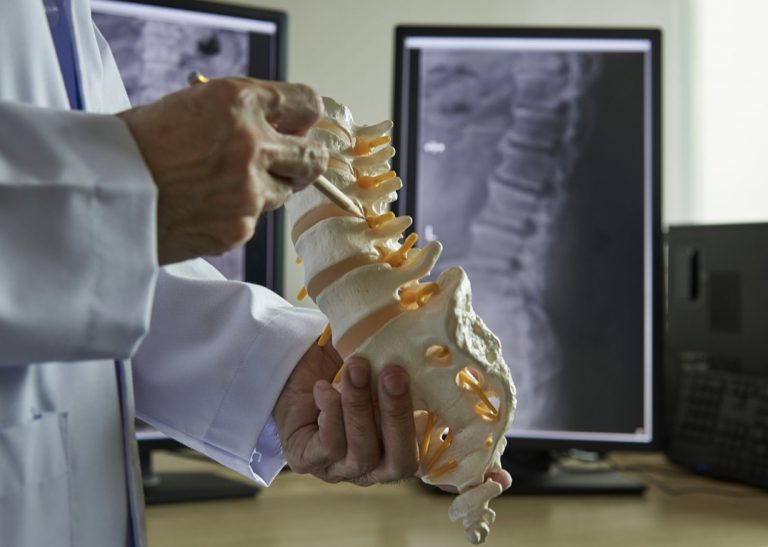If your doctor has approved spinal cord stimulation therapy, you’ll need to have a minor, minimally invasive procedure to implant the stimulator device into your low back or abdomen.
Spinal cord stimulators include a small battery pack attached to electrodes that run into the epidural space surrounding the spinal cord. Stimulation therapy can be highly effective in treating chronic back pain and other chronic pain conditions.
If your life is severely disrupted by chronic back pain, a spinal cord stimulator can offer the relief you need to return to normal activity levels. The pain relief benefits from nerve stimulation can also make it possible for you to complete treatments, such as physical therapy, that may not have been possible before due to pain.
If you’re wondering what to expect from the implantation surgery, we have your answers here. Keep reading to learn more!
Phase One: The Trial Period
If your doctor has deemed you a good potential candidate for spinal cord stimulator therapy, the first step is to undergo a trial procedure. A trial period allows you and your doctor to evaluate if spinal stimulation would be effective before implanting a permanent device.
The trial procedure involves your surgeon using a needle and X-ray guidance to place small electrodes near the epidural space of the spinal cord. Instead of inserting an implanted device under your skin, your doctor will attach the electrodes to an external battery pack.
Upon recovery, you’ll be given a controller and instructions for adjusting the level of electrical stimulation you need. The trial period will last for a week, after which time you’ll report the level of effectiveness back to your doctor. If you experienced significant relief during the trial period, your doctor will clear you to move ahead for permanent implantation.
Phase Two: Implantation Surgery
Implantation surgery is performed on a minimally invasive basis at an outpatient ambulatory surgery center.
The procedure will include the following steps:
- A thin and hollow needle will be inserted at two separate locations to permanently implant the electrodes in the epidural space in the spine. In some cases, the leads you used during the trial period may be sufficient.
- Your surgeon will make a small incision at the location where the power pack will be inserted. Common locations include the lower back or abdomen.
- Your surgeon will carefully tunnel wires from the implanted device to the leads. Afterward, the incision will be closed and you’ll be moved to a recovery room.
During your post-op recovery, you’ll be given instructions for resuming activities and using the spinal cord stimulator. You should be up and moving within a couple of hours, and you’ll be able to return home the same day of the procedure. Like other procedures, the recovery period for spinal cord stimulator surgery is extremely important and you should follow all postoperative care instructions to ensure a successful outcome.
The Recovery Period
You’ll likely experience a small degree of pain at the surgical site in the weeks following the procedure. It is important to follow all recovery guidelines and not resume activities until your doctor gives the go-ahead to avoid disrupting healing tissue or moving the device.
You should also follow all instructions for operating and maintaining your device. As there is a wide range of device models, always consult with your surgical provider about correct usage. Some common recommendations are to avoid having the device operating while driving and to show family members and a spouse how to turn off the implanted device in case you cannot reach it for any reason.
Call BEST Health System to Learn More
BEST Health System has a team of highly skilled and experienced surgeons who can perform spinal cord stimulator surgeries at our state-of-the-art outpatient facility. Our mission is to help patients find the right treatments that fit their condition, lifestyle needs, and treatment goals. To learn more about becoming a candidate for spinal cord stimulation therapy, contact us today.
